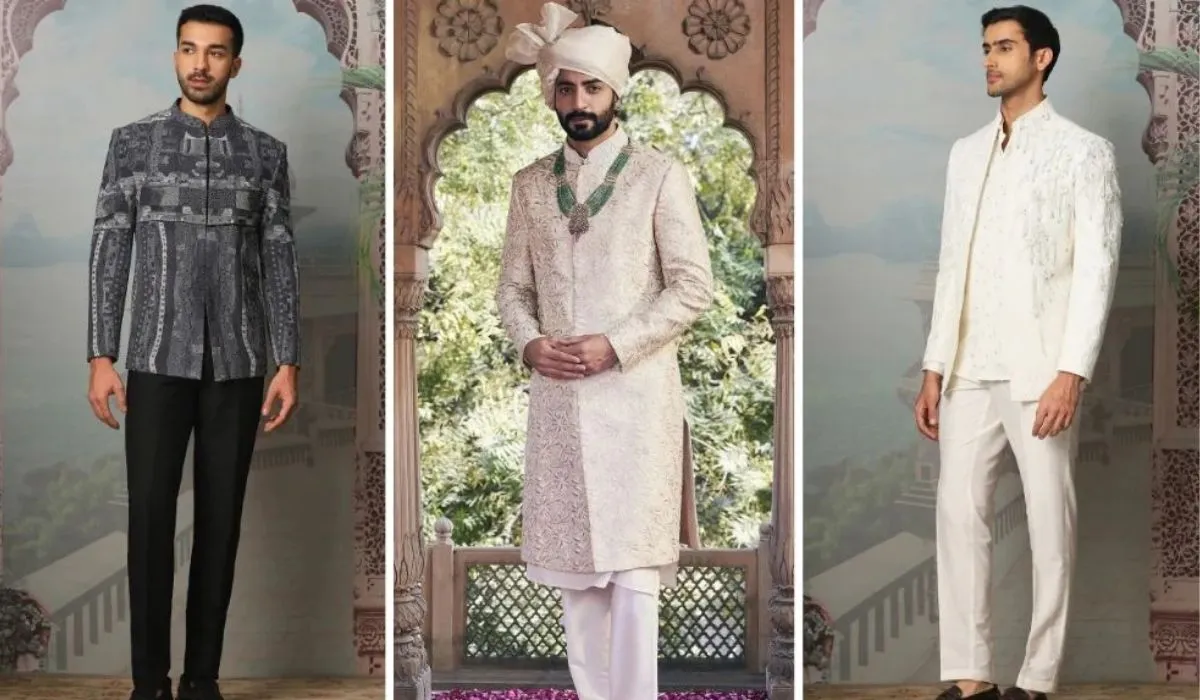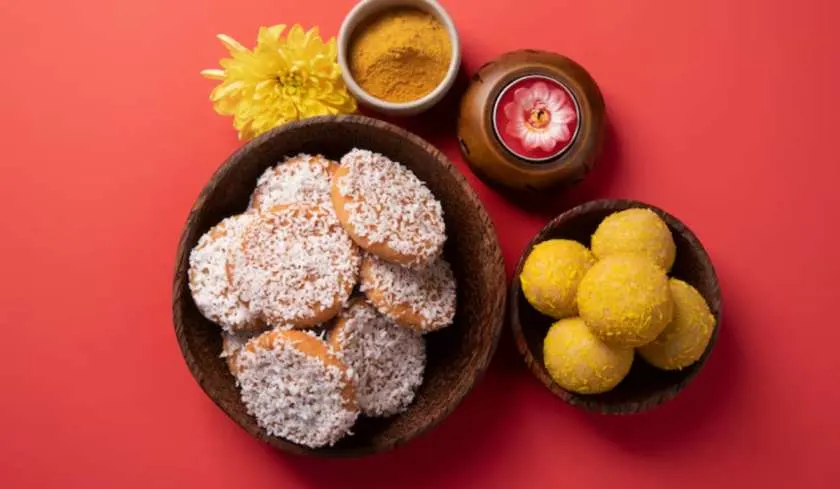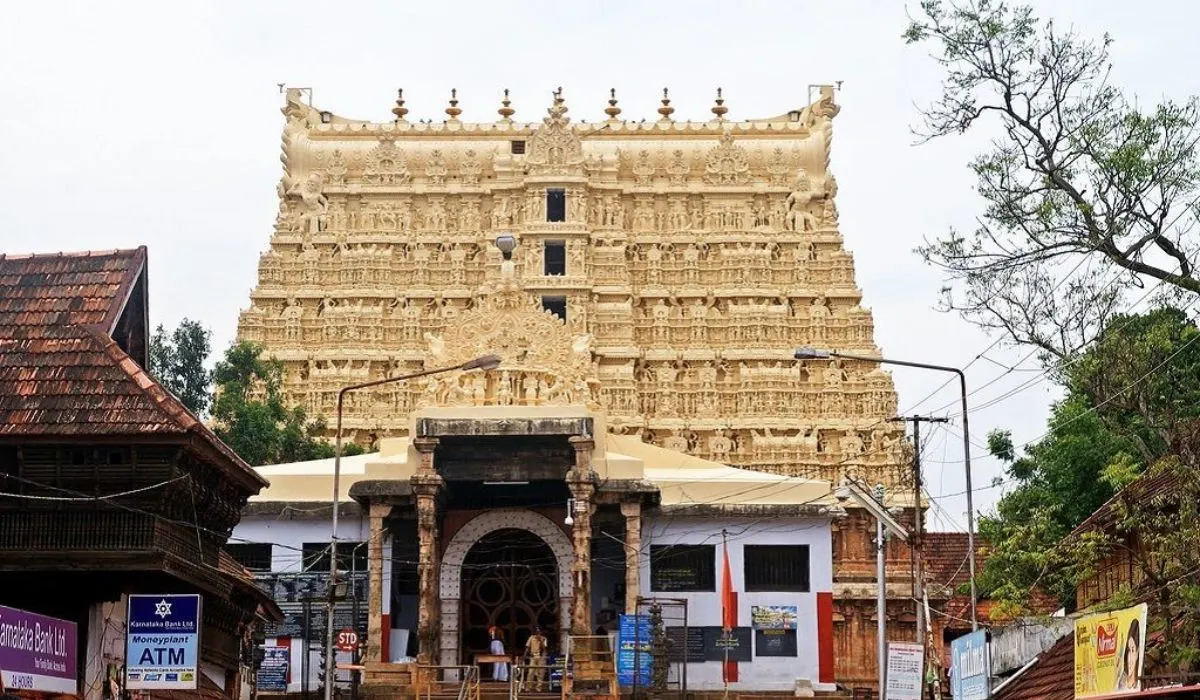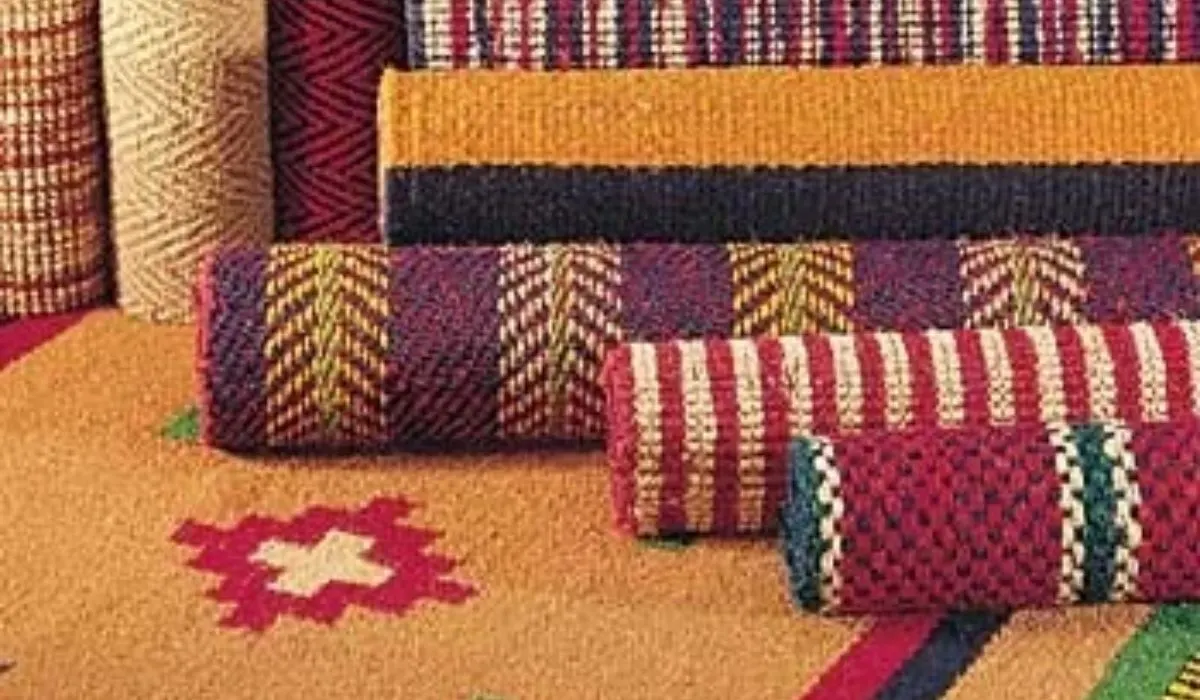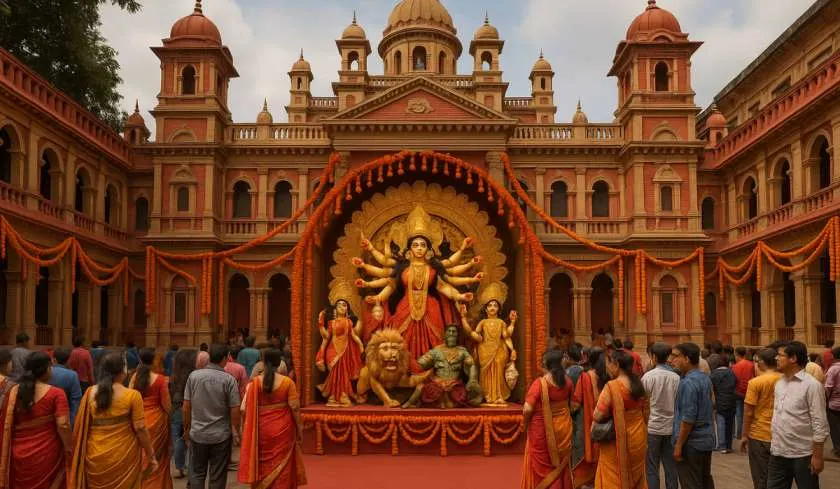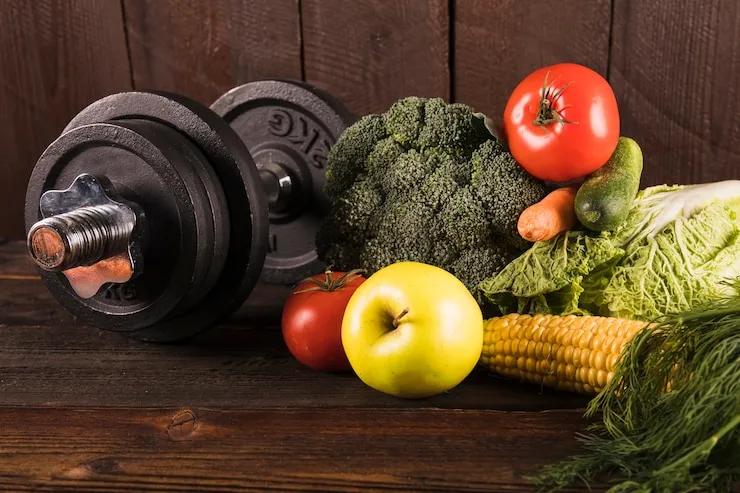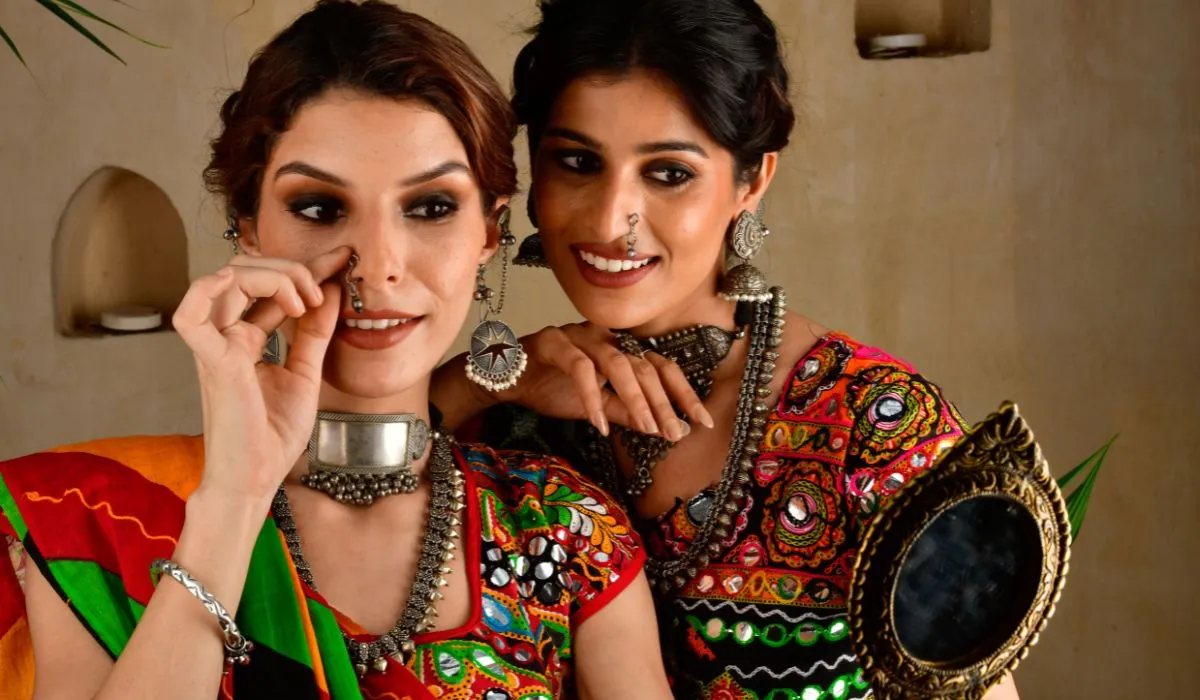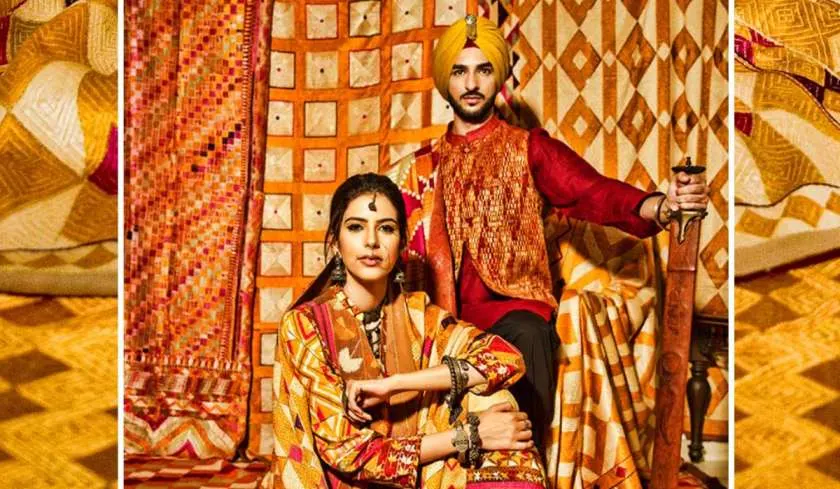The first time I got to Kerala weaving, I was totally attracted by the beauty and artistry in every thread and the fact that it was all timeless. With the fine Kasavu saree and the elegant mundu traditional dress, Kerala has a lot to say about its culture through its handloom heritage. In this blog, I will embark you on the colorful journey to the very Art of Kerala weaving traditions, including historical background, weaving methods, personal experience, professional views, and all that makes this type of art really unique.
Timeless Art of Kerala Weaving
Kerala weaving is not merely the art of Kerala weaving cloth - it is the art of maintaining centuries old traditions. Handlooms have been used by craftsmen over the generations to make an iconic saree such as the Kerala traditional saree and mundu. Every weave displays the rich culture, religious nature and festive spirit of Kerala.

I can still recall how I paid a visit to a weaving village close to Thrissur. The sight of artisans drilling on the wooden looms, blending hands and feet in perfect balance made me understand that each Kasavu saree is not only gold but also tales, passions and the traditions.
History of Kerala Handloom Weaving
The weaving of Kerala has its origin in the ancient times when handloom was strongly linked to temples and the royal families. The weaving techniques of the Kasavu saree dates back to temple offerings, made of pure cotton and gold zari borders. As time passed, the garments became the obligatory clothes at such festivals as Onam and weddings, as symbol of purity and prosperity.
Handloom is even more popular in such places as Balaramapuram and Chendamangalam where weaving is practiced today as the traditional weaving people continue their handwork with a touch of modernity to attract the interest of the contemporary customers.
Why the Kasavu Saree Stands Out
Kasavu saree is not merely the piece of clothing; it is an identity. The golden zari border on soft white cotton cloth has turned out to be a symbol of Kerala classiness in the world.
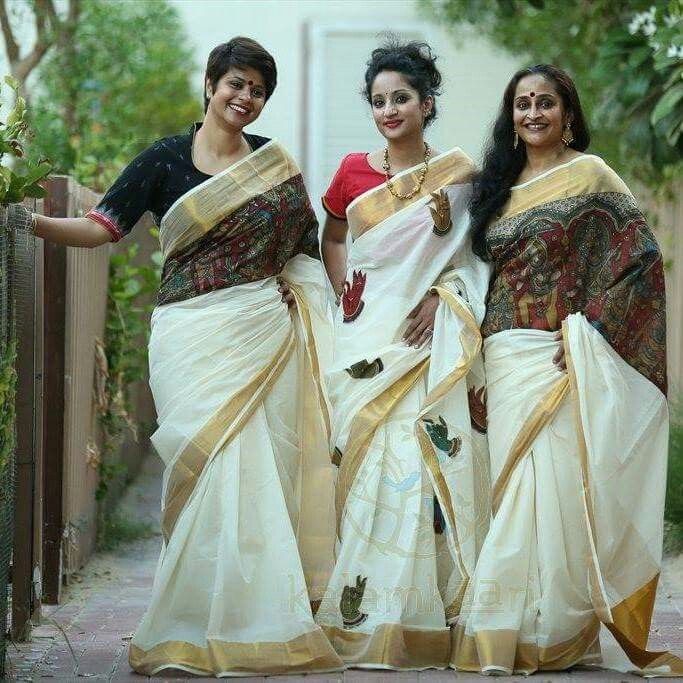
What Ksavu Sarees are Unique?
Minimalistic and eternal simplicity.
- Handwoven charm- each thread is hand-crafted.
- Green weaving - 100 percent cotton, natural dyes and hand-crafted mullins.
- Cultural symbolism - Vishu and Onam Vishu and wedding, Worn.
Expert Opinion:
The Kasavu saree is not only a cloth but a celebration of traditions and craft of Kerala.
Their approach to the project will align with the requirements of their target customers and the nationwide fashion trends. Their management of the project will match the needs of their target customers and the fashion trends of the country.
Recomanded to read:- Kunbi Saree Revival: Goa’s Heritage Weaving Meets Modern
Mundu Traditional Dress: Kerala’s Cultural Identity
The pride and elegance of Kerala are combined into one mundu traditional dress. This is a comfy cotton suit that is a representation of tradition and comfort to both men and women. Together with stylish Kerala mundu saree patterns, it is the dress to wear at festivals and temple rituals.
I can remember the first time when I wore a mundu when I was at an Onam celebration in Kochi. Surprisingly it was comfortable and lightweight, and suited a tropical climate of Kerala.
Kasavu Saree Weaving Techniques
I had a chance to visit a weaving cluster in Balaramapuram where I observed the weavers creating elaborate borders with gold zari by using ancient age-old methods, which have been passed down centuries. It is special because of the following reasons when it comes to Kasavu saree weaving techniques:
- Traditional handlooms: These were hand run wooden looms.
- Gold zari detailing: Gold plated threads are used; they are real.
- Natural cotton threads: Light, but tough.
- Fineness of detail: Borders and pallus embroidered separately.
Kerala Mundu Saree Styles for Modern Times
The styles of Kerala mundu saree are changing according to the fashion today. The pastel hues, digital prints and being less heavy in the zari borders are being experimented by the designers, and they are the ideal combination of tradition and innovation. Traditional patterns have not become out of fashion but young women now adore pairing Kasavu sarees with stylish blouses to sport a stylish festive look.
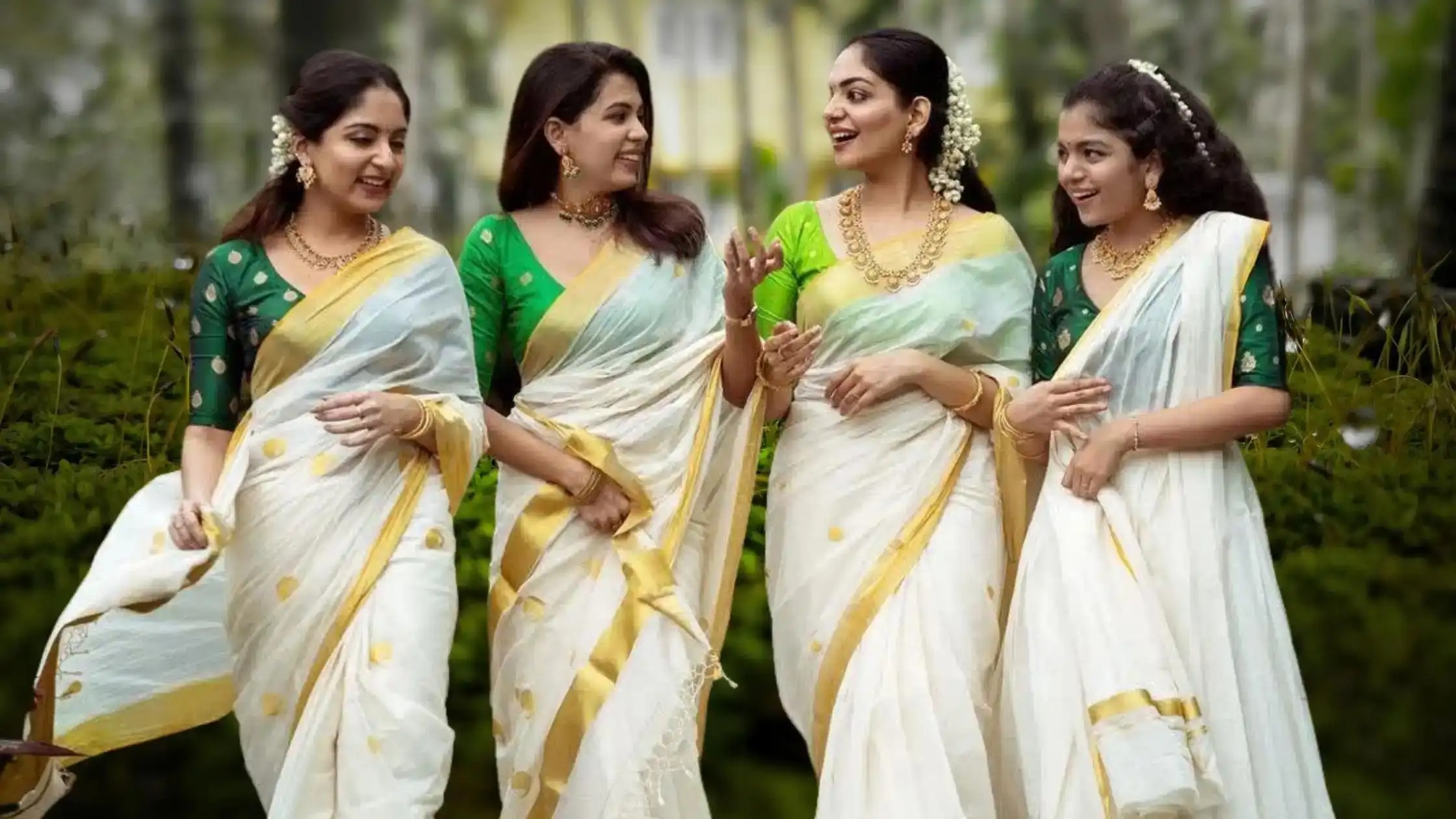
Experiencing Kerala’s Weaving Villages
I was able to have one of the most memorable experiences in Chendamangalam, a popular weaving hub. As we were strolling along narrow lanes, I could hear the sound of handlooms clacking and clicking in little work-places. Each craftsman was very hospitable, and showed me their work.
Here I found out that weaving is not only a source of livelihood but an emotion. The art of weaving is learned by most of the weavers as a continuation of their ancestors, and thus the Kerala tradition of handloom continues even at the presence of machine-made fabrics.
Sustainability in Kerala Handloom Weaving
The sustainability of the Kerala handloom weaving tradition is something that I like the most. These sarees and mundus are crafted of organic cotton, natural dyes and environmental-friendly processes. These pieces have a long life span, as compared to fast fashion, and they have a sentimental value.
Why the Art of Kerala Weaving Still Thrives
Although power-looms have tried to take over the art of Kerala weaving, it still exists due to:
- Hands-on quality is valued by people.
- The kasavu sarees are strongly connected to festivals and rituals.
- Weavers are sponsored by government efforts and cooperatives.
- Tourists are after real handloom experiences.
Conclusion
Kerala weaving is not a cloth but a cultural treasure. Beginning with the royal Kasavu saree and the beautiful mundu traditional outfit, each weave narrates a tale of heritage, dedication and artistry. Travelling to the weaving villages of Kerala made me realize the worth of the handmade art and the emotional attachment to the people. And in case you ever come to Kerala, you cannot help visiting its weaving capitals. Believe me, you will not only buy a saree, you will take home a bit of history.
FAQs on Art of Kerala Weaving
Q1. What is the specialty of saree made of Kasavu?
Kasavu saree is also known as having a white cotton body with a border of gold zari which represents purity and beauty.
Q2. Where do I get Kerala handloom sarees that are genuine?
They are available at Balaramapuram, Chendamangalam, and Kerala Handloom Showrooms or you can also purchase them online at confidence sellers.
Q3. What is the distinction between saree and mundu?
A saree is covered around the body but a mundu is a rectangular cloth that covers the waist mostly worn by men and women in Kerala.
Q4. Are eco-friendly Kasavu sarees?
Yes! They are composed of natural dyes and pure cotton thus being sustainable and easily found in nature.
Q5. What is the age of weaving tradition in Kerala?
Kerala weaving has a history of more than 2,000 years and is something that has been transmitted between generations.





